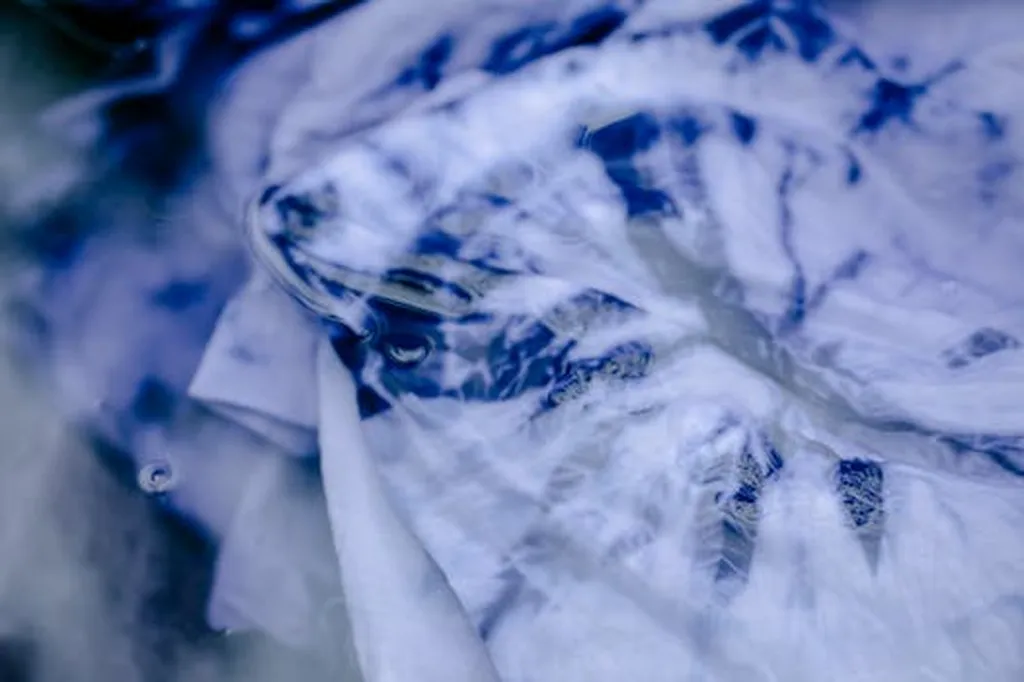In the heart of Ho Chi Minh City, Vietnam, a team of researchers led by Hanh Thi Truong from the Optical Materials Research Group at Van Lang University has made a significant stride in the field of environmental remediation. Their work, published in the journal “Materials Research Express” (translated as “Expressions of Materials Research”), focuses on the design of novel nanocomposites that could revolutionize water treatment and antimicrobial applications.
The study centers around the creation of AgI/BiVO4 heterostructures, a sophisticated combination of silver iodide (AgI) and bismuth vanadate (BiVO4). These nanocomposites are engineered to harness the power of visible light, making them highly efficient in degrading antibiotics and exhibiting strong antimicrobial properties. This breakthrough could have profound implications for the energy sector, particularly in the realm of sustainable and efficient water treatment technologies.
The researchers employed a thermal-assisted co-precipitation technique to synthesize these nanocomposites. Through a suite of advanced characterization methods, including energy-dispersive x-ray spectroscopy (EDX), Raman spectroscopy, and transmission electron microscopy (TEM), they confirmed the successful incorporation of AgI into the BiVO4 matrix. The resulting nanocomposites exhibited quasi-spherical particles ranging from 100 to 200 nanometers in size, with bright AgI nanoparticles distributed on the BiVO4 surface.
One of the most striking findings was the significant reduction in the bandgap energy of the nanocomposites. As lead author Hanh Thi Truong explained, “By increasing the AgI content, we observed a gradual narrowing of the bandgap from 2.4 eV for pure BiVO4 down to 1.9 eV. This reduction enhances charge transport and light absorption capabilities, facilitating the production of reactive radicals that are crucial for degrading contaminants.”
The practical implications of this research are vast. The AgI/BiVO4 nanocomposites demonstrated exceptional performance in degrading tetracycline, a common antibiotic, with the highest efficiency achieved by the sample labeled AgI/BV3. This sample also showed strong antimicrobial activity against Pseudomonas aeruginosa and Staphylococcus aureus, indicating its potential for use in hospital wastewater treatment.
The energy sector stands to benefit significantly from this innovation. As water treatment technologies become more efficient and environmentally friendly, the demand for sustainable solutions will continue to grow. The AgI/BiVO4 nanocomposites offer a promising avenue for addressing environmental pollution, particularly in water treatment applications.
Hanh Thi Truong’s research not only highlights the potential of these nanocomposites but also underscores the importance of interdisciplinary collaboration. By combining expertise from materials science, chemistry, and environmental engineering, the team has paved the way for future developments in the field.
As the world grapples with the challenges of environmental pollution and antimicrobial resistance, innovations like these offer a glimmer of hope. The AgI/BiVO4 nanocomposites represent a significant step forward in the quest for sustainable and efficient water treatment technologies, with the potential to shape the future of the energy sector.

